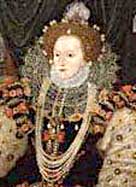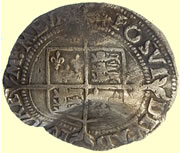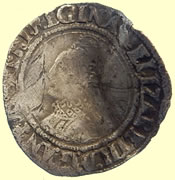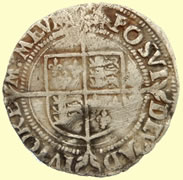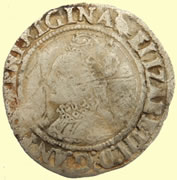

Metal detecting holidays in England with the World's most successful metal detecting club.20 years plus.
Twinned with Midwest Historical Research Society USA.
|
Elizabeth 1st Hammered silver coins Groats (4 pence) only Click here Gold and shillings (12 pence coins) Click here for Page II - small change coinage Click here for Page IV -sixpences only
|
|||
|
Elizabeth
I was born in 1533 to Henry VIII and Anne Boleyn. Although she entertained
many marriage proposals and flirted incessantly, she never married or
had children. Elizabeth, the last of the Tudors, died at seventy years
of age after a very successful forty-four year reign. Elizabeth inherited a tattered realm: dissension between Catholics and Protestants tore at the very foundation of society; the royal treasury had been bled dry by Mary and her advisors, Mary's loss of Calais left England with no continental possessions for the first time since the arrival of the Normans in 1066 and many (mainly Catholics) doubted Elizabeth's claim to the throne. Continental affairs added to the problems - France had a strong footland in Scotland, and Spain, the strongest western nation at the time, posed a threat to the security of the realm. Elizabeth proved most calm and calculating (even though she had a horrendous temper) in her political acumen, employing capable and distinguished men to carrying out royal prerogative. Her first order of business was to eliminate religious unrest. Elizabeth lacked the fanaticism of her siblings, Edward VI favored Protestant radicalism, Mary I, conservative Catholicism, which enabled her to devise a compromise that,basically, reinstated Henrician reforms. She was, however, compelled to take a stronger Protestant stance for two reasons: the machinations of Mary Queen of Scots and persecution of continental Protestants by the two strongholds of Orthodox Catholicism, Spain and France. The situation with Mary Queen of Scots was most vexing to Elizabeth. Mary, in Elizabeth's custody beginning in 1568 (for her own protection from radical Protestants and disgruntled Scots), gained the loyalty of Catholic factions and instituted several-failed assassination/overthrow plots against her cousin, Elizabeth. After irrefutable evidence of Mary's involvement in such plots came to light, Elizabeth sadly succumbed to the pressure from her advisors and had the Scottish princess executed in 1587. The persecution of continental Protestants forced Elizabeth into war, a situation which she desperately tried to avoid. She sent an army to aid French Huguenots (Calvinists who had settled in France) after a 1572 massacre wherein over three thousand Huguenots lost their lives. She sent further assistance to Protestant factions on the continent and in Scotland following the emergence of radical Catholic groups and assisted Belgium in their bid to gain independence from Spain. The situation came to head after Elizabeth rejected a marriage proposal from Philip II of Spain; the indignant Spanish King, incensed by English piracy and forays in New World exploration, sent his much-feared Armada to raid England. However, the English won the naval battle handily, due as much to bad weather as to English naval prowess. England emerged as the world's strongest naval power, setting the stage for later English imperial designs. Elizabeth was a master of political science. She inherited her father's supremacist view of the monarchy, but showed great wisdom by refusing to directly antagonize Parliament. She acquired undying devotion from her advisement council, who were constantly perplexed by her habit of waiting to the last minute to make decisions. She used the varying factions (instead of being used by them, as were her siblings), playing one off another until the exhausted combatants came to her for resolution of their grievances. Few English monarchs enjoyed such political power, while still maintaining the devotion of the whole of English society. Elizabeth's reign was during one of the more constructive periods in English history. Literature bloomed through the works of Spenser, Marlowe and Shakespeare. Francis Drake and Walter Raleigh were instrumental in expanding English influence in the New World. Elizabeth's religious compromise laid many fears to rest. Fashion and education came to the fore because of Elizabeth's penchant for knowledge, courtly behavior and extravagant dress. Good Queen Bess, as she came to called, maintained a regal air until the day she died; a quote, from a letter by Paul Hentzen, reveals the aging queen's regal nature: "Next came the Queen in the sixty-fifth year of her age, as we were told, very majestic; her face oblong, fair, but wrinkled; her eyes small yet black and pleasant; her nose a little hooked; her lips narrow... she had in her ear two pearls, with very rich drops... her air was stately; her manner of speaking mild and obliging." This regal figure surely had her faults, but the last Tudor excelled at rising to challenges and emerging victorious. |
|||
|
|||
Groats (4 pence) |
|||
 |
Lis | 1558-1560 | |
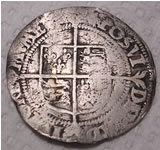 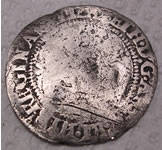 |
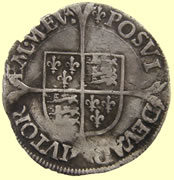 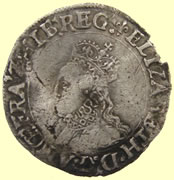 |
||
| 1558-1560 | 1558-1560 | ||
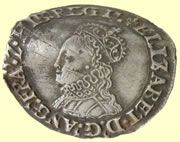  |
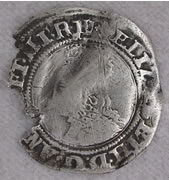 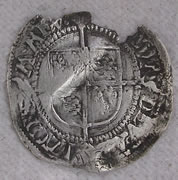 |
||
| 1558-1560 | 1558-1560 | ||
 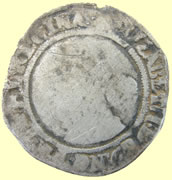 |
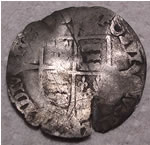 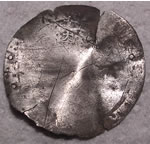 |
||
| 1558-1560 | 1558-1560 | ||
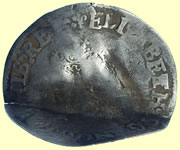 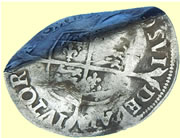 |
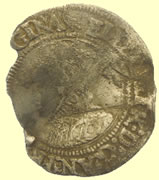 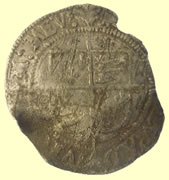 |
||
| 1558-1560 | 1558-1560 | ||
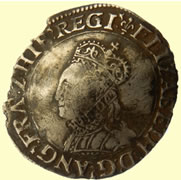 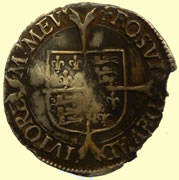 |
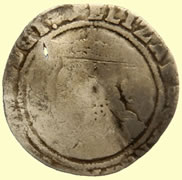 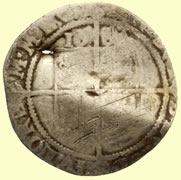 |
||
| 1558-1560 | 1558- | ||
 |
Cross Crosslet | 1560 - 1561 | |
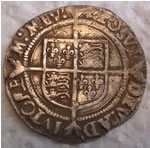 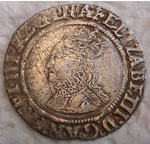 |
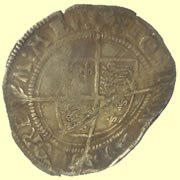 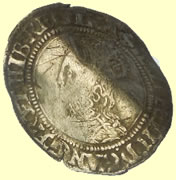 |
||
| 1560 - 1561 | 1560 - 1561 | ||
  |
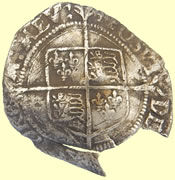 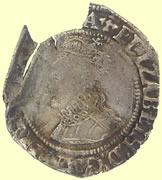 |
||
| 1560 - 1561 | 1560 - 1561 | ||
  |
  |
||
| 1560-1 Elizabeth 1st hammered silver sixpence | 1560-1 Elizabeth 1st hammered silver groat ( 4 pence) Cross Crosslet mint mark |
||
 |
Martlet | 1560 - 1561 | |
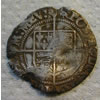 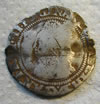 |
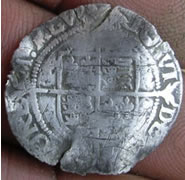 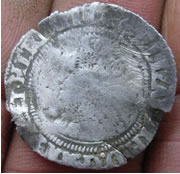 |
||
| 1560 - 1561 | 1560 - 1561 | ||
  |
  |
||
| 1560 - 1561 | 1560 - 1561 | ||
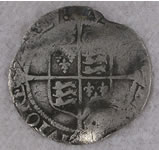 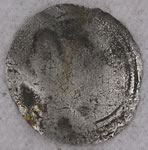 |
|
||
| 1560 - 1561 | 1560 - 1561 | ||
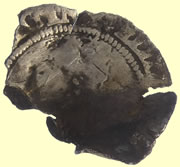 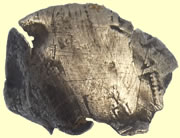 |
  |
||
| 16thC Elizabeth 1st hammered silver groat | 16thC Elizabeth 1st hammered silver sixpence | ||

